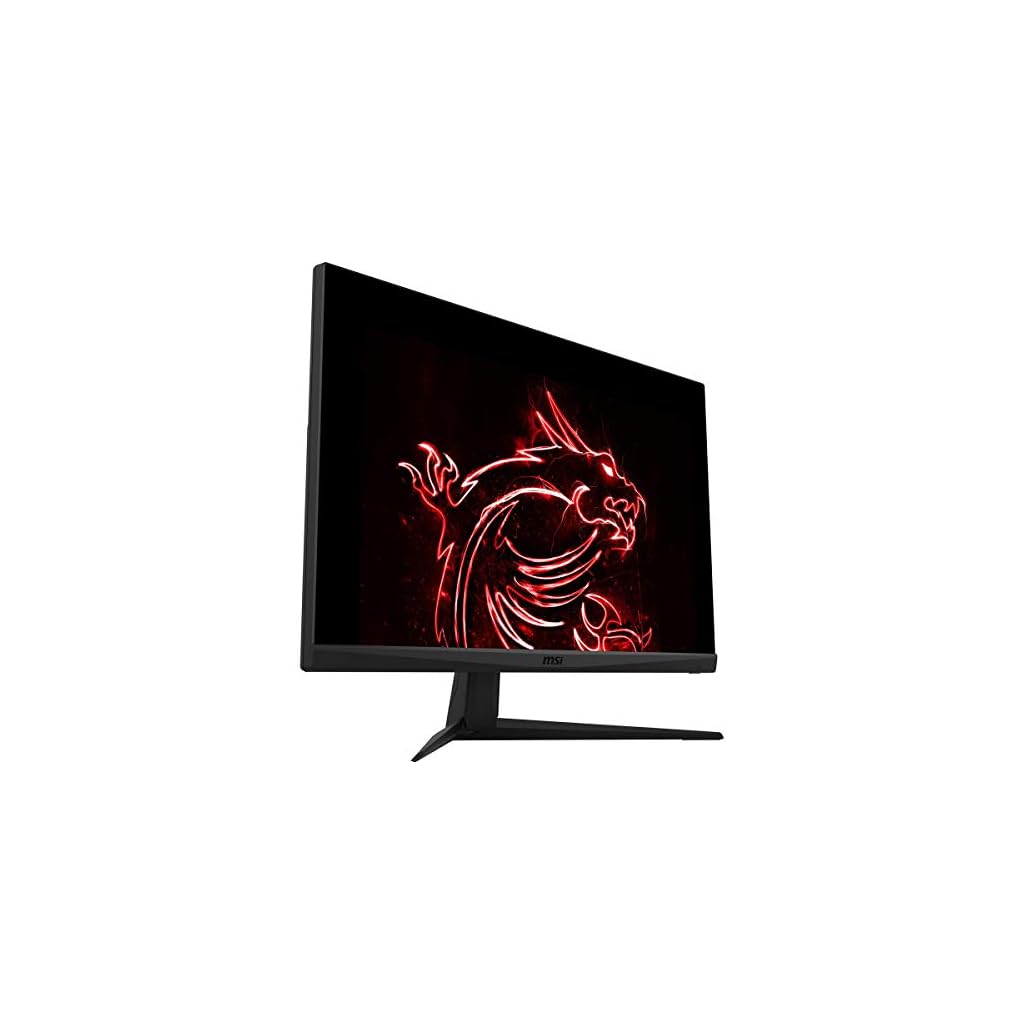
Top Picks for the Best 4K Monitors for Graphic Design in 2024

Dell 4K S3221QS
With its impressive 31.5-inch display, this monitor offers stunning visuals and a spacious screen real estate for graphic design work. It boasts excellent color accuracy and a high resolution that brings designs to life.
$137.43

Asus TUF Gaming VG289Q
This affordable 4K monitor is not only great for gaming but also ideal for graphic designers on a budget. It offers sharp image quality, vibrant colors, and smooth performance at an accessible price point.
$309.00

